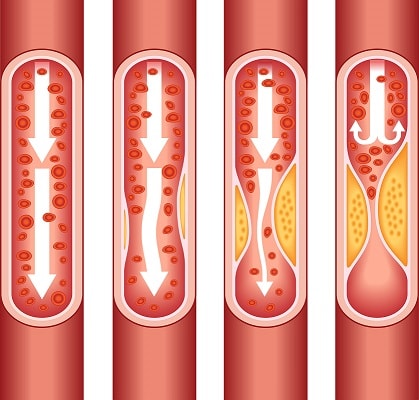Author: Imaan Tahir
Around the world, lists of patients in need of an organ transplant are often longer than the lists of those willing (and able) to donate, in part because some of the most vital organs needed for transplants are only able to be donated after a person has died. For example, recent data from the British Heart Foundation showed that the number of patients waiting for a heart transplant in the United Kingdom has grown by 162 percent in the last ten years.
50 years after the first successful heart transplant, we are entering an era where transplantation may no longer be necessary. Recent medical advances have sparked hope that alternatives will be able to save time, money, and lives. Foremost among these developments is the increasing use of stem cells, which have been used in the lab to successfully produce immature living bone able to be used for transplant. Scientists took bone marrow stem cells and placed them in a bioreactor with oxygen and nutrients. Three weeks later, bone suitable for transplantation was produced. Six months after implanting this lab-grown bone into the jaws of Yucatán minipigs (chosen for their similar jaw anatomy and mechanics to humans), the grafts incorporated themselves into the jaws of the pigs with no issues and functioned normally. Clinical trials for these implants will be conducted through the company Epibone, and FDA approval is expected imminently.
Technology has also paved the way for another method of producing artificial organs; 3D bioprinting. So far, scientists have been able to create a thyroid gland, a tibia replacement that has already been implanted into a patient, and heart cells that actually beat, and could replace a patient’s damaged cells after a heart attack. This is especially relevant since, in the US, someone suffers from a heart attack every 34 seconds, and someone dies as a result of a heart-related disease every 60 seconds. An bioprinter was used to spray skin cells directly onto the wounds of mice, which healed the wounds 3 weeks quicker than the control group.
If the human trials for this, and other, inventions, succeed, we could be looking at a future where transplantations and waiting lists become obsolete, and the risk of rejection of organs by the body is eliminated altogether, meaning countless lives could be saved and we could treat many conditions much faster, with a higher success rate too.
Sources:



Wow! That's amazing.